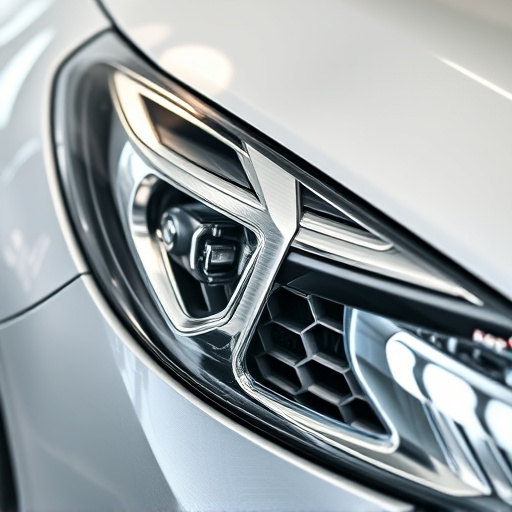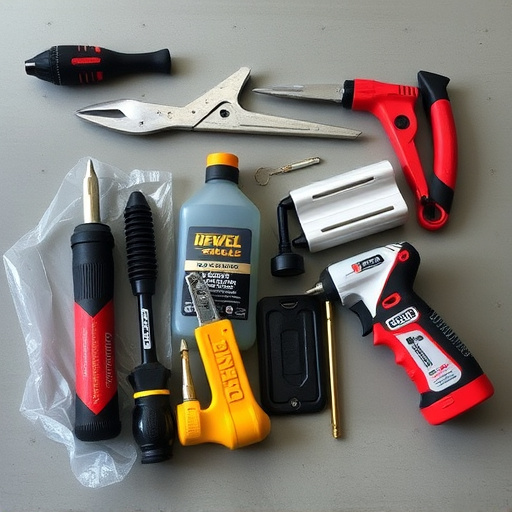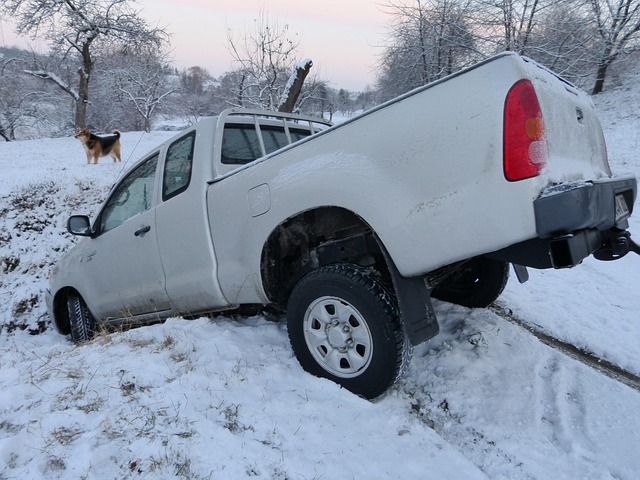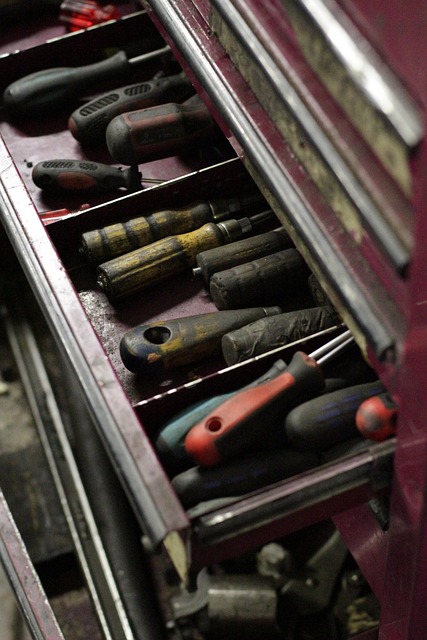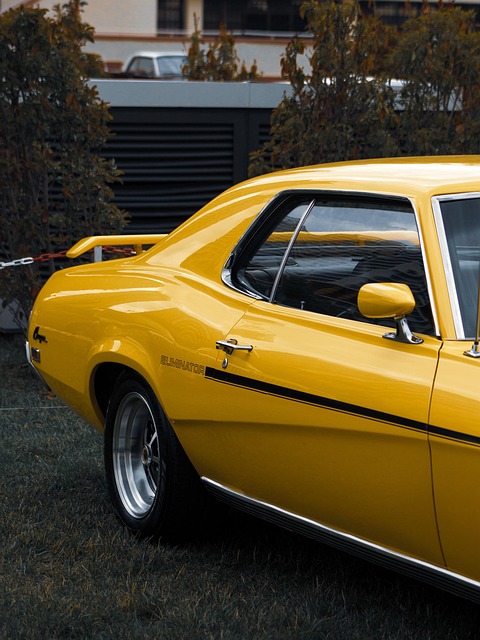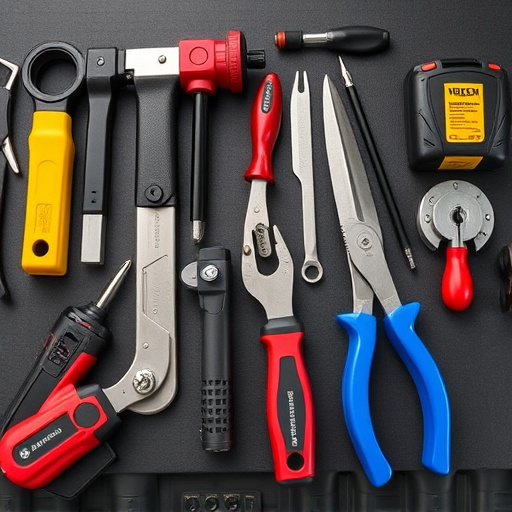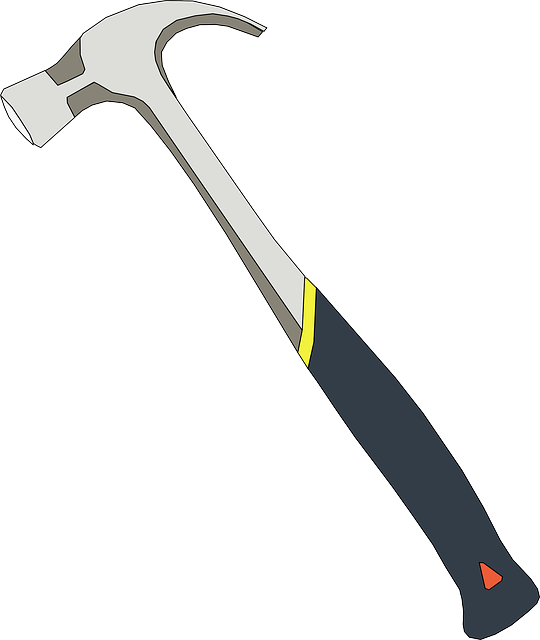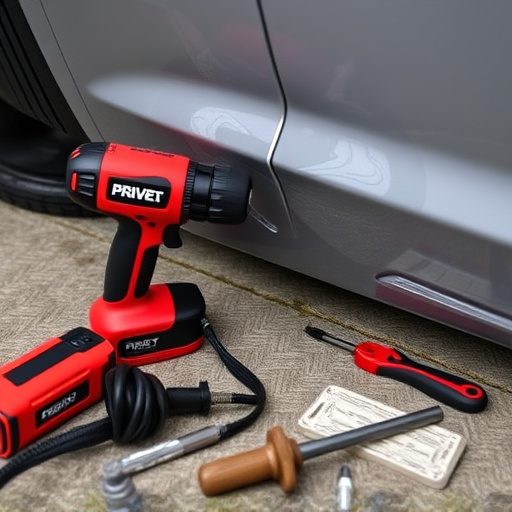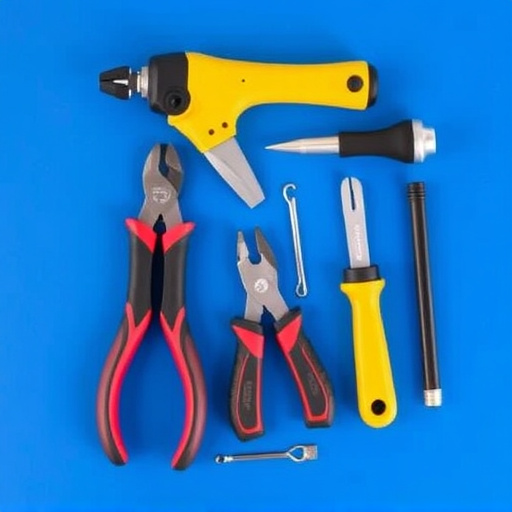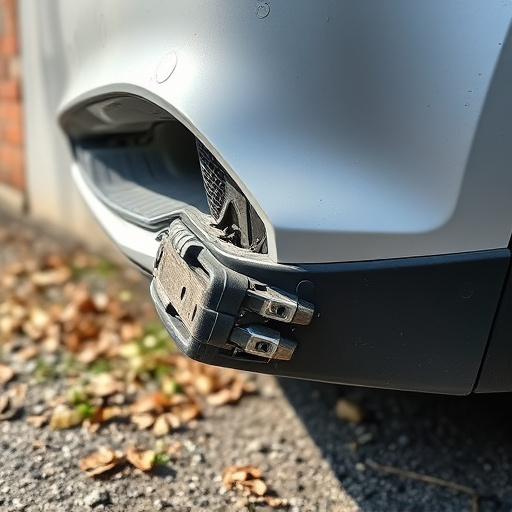Tesla collision repair costs are higher due to the specialized knowledge and equipment needed to fix their advanced electric and autonomous systems, as well as the intricate process of diagnosing and repairing hidden damage. Tesla's commitment to sustainability also impacts costs with long-lasting, recyclable parts. Compared to traditional vehicles, electric vehicles like Teslas present unique challenges, including complex electrical systems, high-voltage battery packs, and specialized alignment requirements, all of which contribute to higher repair expenses.
“Unraveling the complexities of Tesla collision repair costs is essential for informed car ownership. This comprehensive guide dives into the intricate factors shaping expenses for electric vehicle (EV) repairs. From understanding the unique challenges of Tesla models to navigating geographical variations in service, we break down the key influences.
Learn how specialized parts and skilled labor impact pricing, and equip yourself with valuable tips for obtaining accurate estimates and comparing costs between authorized service centers. Discover your rights and options when it comes to insurance coverage for Tesla collision repair claims.”
- Understanding Tesla Collision Repair Costs: A Comprehensive Overview
- – Defining the scope of collision repair for Tesla vehicles
- – Unique aspects and challenges in repairing electric vehicles (EVs)
Understanding Tesla Collision Repair Costs: A Comprehensive Overview

Understanding Tesla Collision Repair Costs involves recognizing that these vehicles are not your typical car. As such, their repair process and associated expenses differ significantly from conventional automotive collision repair. Tesla’s advanced electric and autonomous driving systems require specialized knowledge and equipment to fix or replace damaged components. This expertise comes at a premium, reflecting the cutting-edge technology within their cars.
When considering Tesla collision repair cost, it’s crucial to look beyond just the visible damages. Extensive computer diagnostics are often needed to assess potential hidden issues with sensors, software, and other critical systems. Moreover, Tesla’s commitment to sustainability means that many parts are designed for longevity and recycling, potentially impacting costs compared to traditional car body restoration. This comprehensive approach ensures not only a safe return to the road but also aligns with Tesla’s eco-friendly ethos.
– Defining the scope of collision repair for Tesla vehicles

Tesla vehicles, known for their innovative technology and sleek design, require specialized care when it comes to collision repair. The scope of this process involves more than just fixing visible dents; it encompasses a comprehensive series of steps designed to restore both the cosmetic and structural integrity of the vehicle. This includes intricate body panel alignment, sophisticated paint matching techniques, and careful examination of hidden components to ensure no internal damage has occurred.
A Tesla collision repair typically starts with an assessment by a qualified technician who uses advanced diagnostic tools to evaluate the extent of the damage. From there, specialized equipment and skilled labor are employed to address various issues, such as car dent repair, panel replacement, or even electronic system recalibration. The goal is to return the vehicle to its pre-collision condition, seamlessly integrating modern technology with traditional automotive body shop techniques.
– Unique aspects and challenges in repairing electric vehicles (EVs)
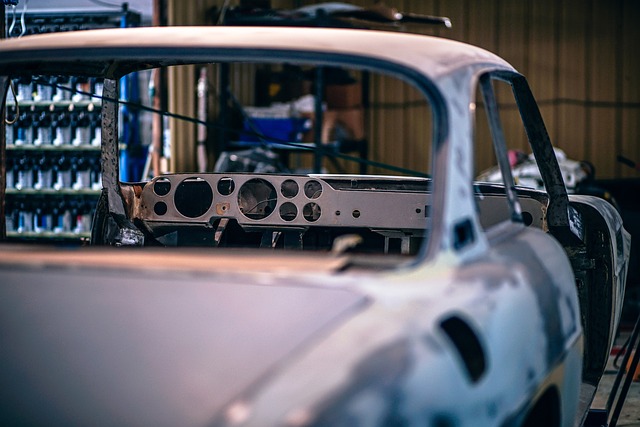
Repairing electric vehicles (EVs) like Teslas comes with unique aspects and challenges that differ from traditional internal combustion engine (ICE) vehicles. One key difference is the integration of complex electrical systems, including high-voltage battery packs, which require specialized training and equipment for safe disassembly and reassembly. This increases the complexity and cost of collision repair compared to conventional cars.
Additionally, EV body panels often feature innovative design elements that might employ advanced materials or unique manufacturing techniques. While these innovations enhance performance and efficiency, they can also make replacement parts more expensive and harder to source. Furthermore, the precise alignment and sealing required for EV bodies to maintain energy efficiency necessitates skilled technicians and specialized equipment for effective car damage repair, contributing to higher collision repair costs overall.
When it comes to Tesla collision repair costs, understanding the unique aspects of EV ownership is key. Unlike traditional gasoline-powered vehicles, Teslas present specific challenges in repair due to their advanced electrical systems and specialized components. However, with a comprehensive overview, owners can better navigate potential expenses, ensuring they receive fair and accurate quotes from certified repair centers. By familiarizing themselves with these costs, Tesla owners can make informed decisions and protect their investments.
